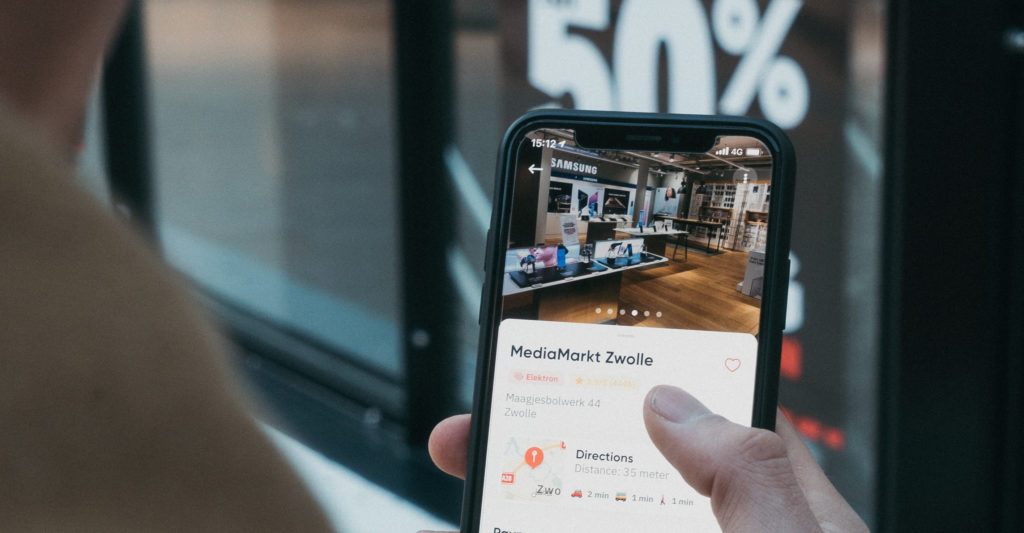by Lauren Hérouard, Senior Marketplace Manager at ChannelAdvisor
The pandemic forced many brands to transform to survive. For many of these businesses this was a trial by fire and their first experience of generating substantial online sales through channels separate from a retail partner. However, these new-found e-commerce capabilities can empower brands in 2022 and help advance their retailer relationships, evolving from a supplier into more of a ‘trusted partner’ role.
Optimising e-commerce
The main driver of this new found brand confidence was the jump in direct-to-consumer (D2C) selling, through brand own sites, third party marketplaces and social channels. Previous ChannelAdvisor research has shown (97%) of surveyed CMOs said that D2C channels have become a higher priority for their brand since the start of the COVID-19 crisis – 34% say it has become a significantly high priority.
As we see more brands undergo this step-change it is likely that traditional retailer relationships will continue to adapt and evolve. Prior to the pandemic, brands were more dependent on selling through retailers but as the the last two years have left brands in a much stronger position to make data-driven decisions that optimise the levels of revenue they’re able to generate.
Owning the data
Pre-pandemic retailer relationships were highly transactional and few brands received detailed data on how products were selling or which customers were purchasing them. However, the recent growth in D2C channels has offered brands their own mine of valuable data, revealing insights on everything from how their different customers prefer to shop and why they abandon baskets to how they arrive at the brand’s channel and the products they view.
Access to this data has empowered brands to further adapt their digital strategies but it also arms them with valuable information to bring to retailer discussions. They’re no longer just providing products but also strategic advice on how best to market, list and sell these items, helping to generate further sales for retailers while also elevating brands in these discussions. 90% of the CMOs believe their brand is now in a stronger negotiating position with retailer partners than before the COVID-19 crisis began.
Sustainability
The pandemic’s e-commerce surge has left many consumers far more aware of the environmental impact of their online shopping. This has not gone unnoticed and has sparked considerable changes on the part of online marketplaces, brands and retailers who should take note and be aware of changing requirements.
Marketplaces like Zalando are now allowing shoppers to filter search results according to sustainability values such as water conservation, animal welfare credentials, worker wellbeing, reuse of materials and a reduction of emissions. The marketplace is also requiring fashion brands to provide information on their supply chain and social and environmental efforts by 2023. Amazon too is offering delivery options where consumers can have all of their packages delivered together to reduce emissions.
Armed with strong environmental credentials, brands can work with retailers and follow in the marketplace’s green footsteps. By introducing search functionality or delivery options like Zalando and Amazon brands are better prepared for the long term as consumer priorities change.
There’s a huge opportunity for brands to stake a claim and win over the environmentally conscious audience. Similarly to how agile digital strategies evolved from an advantage to a must-have in the pandemic, solid sustainability credentials will become essential for brands in the near future.
Utilising Channels
The supply chain crisis that plagued many throughout 2021 looks set to continue this year. With stock held up in ports and the cost of other delivery options skyrocketing, we saw brands utilising analytics and data to acquire much needed goods and deliver to customers.
One highly effective way for sellers to stay ahead of any supply chain issues is to analyse their performance windows. By implementing an agile strategy, brands can move products from channel to channel depending on where they will perform best. Often this could be with retailers but it shouldn’t be to the detriment of other channels.
In a world where data is king, brands have the opportunity to leverage customer insights that retailers will find invaluable. Equipped with these new tools brands can move from standard supplier to valued partner.
As we head into 2022, brands are in a stronger position than ever. After the pandemic, supply chain issues, the e-commerce boom and consumers becoming more savvy, now is a great time to be an innovative brand.








